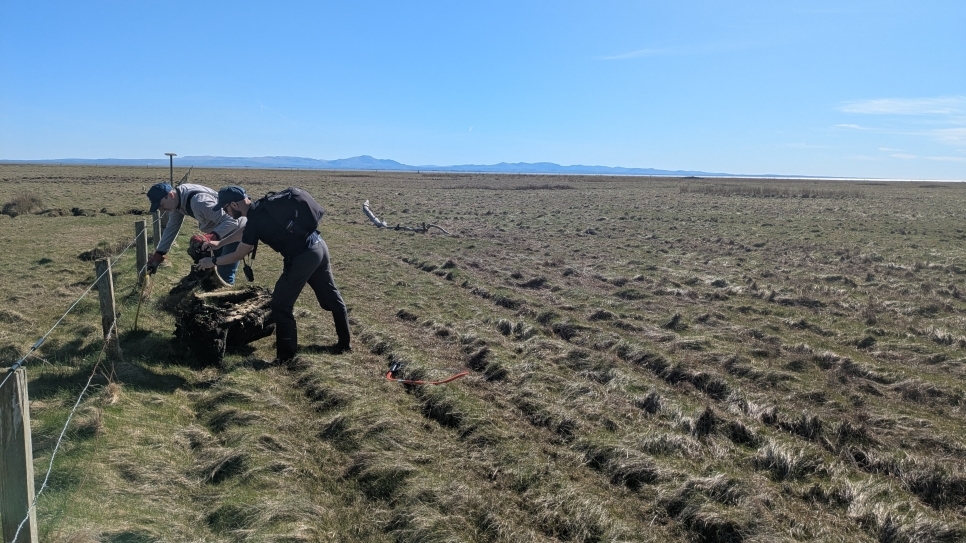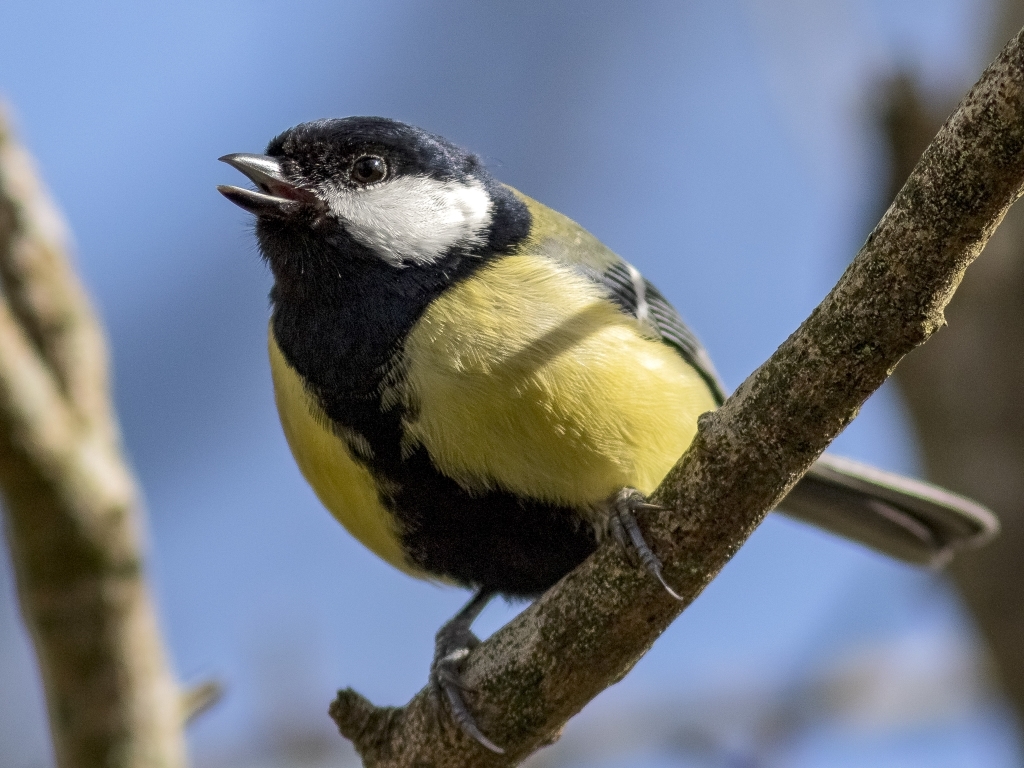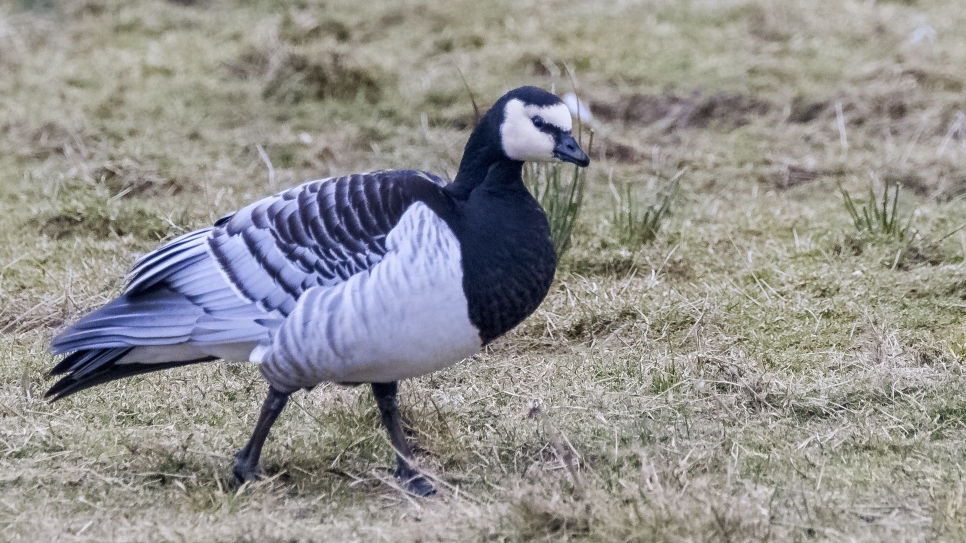The devil bird?
An early morning walk along the edge of the Lochar this week and a bird flicked up in front of me and flew away along the shore. A little brown job but with a difference: a bright white flash on its behind told me it was a wheatear.
Wheatears are fantastic birds, strikingly patterned and full of character. You might see them during the summer in Scotland up in the hills, chacking on a prominent perch and showing the distinctive white rump when flying away. The males look like guardmen, straight backed, blue-grey jackets, buffy orange chests and a smart black mask. The females are just as smart but without the black mask.
The bird I was watching was one of this year’s young, with panels of orangey brown separated with fine black lines. It is a fine looking bird that is pleasing on the eye, but seeing a wheatear means much more to me. They don’t breed here but pass through, appearing often during the night, feeding on short grass areas in the morning but have often moved on and disappeared later in the day. So their fleeting appearance is a reminder of the magic of bird migration – when small birds, often just a few grams – travel huge distances, battling weather, crossing oceans and appear and disappear like magic. Caerlaverock isn’t on a major migration flyway being in the middle of the country, but birds do pass through, probably in the autumn coming down the Nith and Lochar river valleys until they meet the Solway. When faced with a larger barrier birds often halt to rest and feed before moving along the coast east to find an easier crossing place. Seeing the evidence of bird migration sprinkles excitement, hope and anticipation on to any walk and seeing the results brings real satisfaction. But why? Well for me, seeing birds on migration gives me a stronger connection to the wild world – by watching a natural process and having an inkling what you are seeing allows me to feel that little bit more connected to the wildlife and the landscape.
Bird ringing has shown us that Scottish wheatears have mostly passed through Scotland by mid-September so the bird I was watching was an immigrant, probably from further north like Iceland or the Faeroes or even Greenland. Thinking of the journey that bird has made, the landscapes it has lived in and the wildlife it has seen only increases the buzz of excitement. In Scotland, seeing wheatears were once considered unlucky as they had connections with the Devil and toads. At Caerlaverock, we love toads being home to both common and the much rare natterjack toads. So for me seeing a wheatear and what its appearance means can only be good omen for the day.
Feature image of wheatear
Words and images by David Pickett



